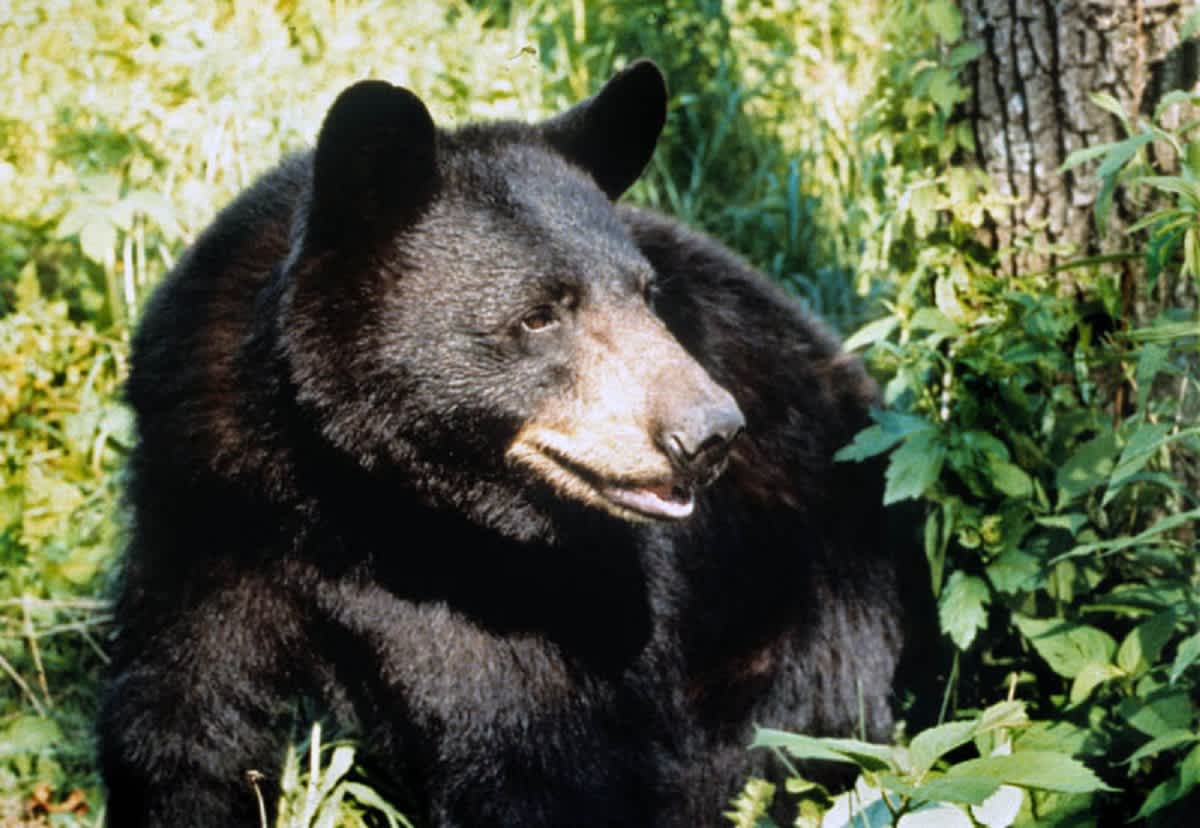Place of Drones in the Outdoors Still Being Determined
Patrick Durkin 10.13.15

News flash: humans aren’t the only animal irritated by drones flying overhead.
Minnesota scientists recently documented that black bears don’t like them, either, judging by their skyrocketing heart rates when drones hovered overhead. We wouldn’t know this, of course, if the bears weren’t being monitored for another research project that had nothing to do with drones. But while they were doing that research, the scientists thought it might be interesting to learn how bears respond to these little unmanned flying machines.
Once they documented the bears’ alarm and irritation, scientists assured us that we remain the only mammals with the means to knock drones out of the air. No word yet, however, on whether eagles, geese, sandhill cranes, or seriously ticked-off sparrows can take down a drone for invading their air space—or whatever offense birds find unbearable.
Let’s just hope the birds don’t attack an armed drone sent up by North Dakota police. The North Dakota legislature passed a law in August making the Peace Garden State the first state to allow police drones to carry weapons like stun guns and tear gas.
And here we thought Amazon was the only one trying to capitalize on drone technology. Sheesh, everyone seems to have a job in need of a drone.
The animal-rights group PeTA, for example, has been soliciting folks to buy drones to monitor hunters. Leave it to PeTA to then be shocked and outraged when—guess what—a hunter shot down one of their drones three years ago as it hovered above a gun club’s property in Pennsylvania where members were holding a pigeon shoot.
Why the umbrage? It’s hard to believe PeTA didn’t consider that if it harassed people toting shotguns, that someone might plaster a slow-moving drone piloted by a dweeb with a joystick.
Meanwhile in Canada, Ottawa city councilors are trying to decide whether to hire a six-rotor drone dubbed the “Goosebuster” to drive Canada geese from its parks. The drone also carries sound equipment and screeches like an eagle while it works. By repeatedly sending the drone after urban geese in a preliminary test, the drone’s owner eventually moved them from a city park.
In Australia, a realtor got into trouble when using a drone to show a prospective home-buyer an aerial view of the upscale neighborhood where they might be living. After launching the drone from the house’s property, the realtor caught one of the neighbors sunbathing topless in a thong swimsuit. The neighbor was embarrassed, of course, but said she was grateful she was on her stomach when the drone flew by while transmitting footage to the realtor and his attentive clients.

Of course, drones don’t necessarily need to be working to irritate people or bears. In two recent cases, homeowners in Kentucky and California blasted drones from the airspace above their properties. The Kentucky shooter claimed he was protecting his sunbathing daughter’s privacy.
Jumping on this need to protect our personal airspace, an ammunition manufacturer in Idaho—Snake River Shooting Products and Consulting—created “Drone Munitions” shotgun shells, which are “engineered” to drop pesky drones in their prop wash. It’s not clear what’s so special about a three-inch shotgun shell loaded with common BB or No. 2 pellets, but should you want to blast a high-flying drone, a glorified goose load probably would outperform No. 8 dove loads.
Hunters, of course, might be quicker than most to foresee how someone could use drone technology for nefarious reasons or unfair advantage. We seem to have a primordial instinct to stake out hunting turf, and demand everyone else hunt by our personal rules of conduct—especially if it’s something our competition can afford and we can’t.
Therefore, lawmakers nationwide have eagerly pleased hunters the past few years by passing laws to outlaw the use of drones as a hunting aid.
Given what the Minnesota researchers discovered about the drones’ impact on black bears and the Goosebuster’s impact on geese, these hunting bans sound like good ideas. We don’t need hunter-driven drones staging a deer drive that inadvertently sends frightened bruins, wolves, coyotes, weasels, and random lawmakers panicking across backyards and down rural boulevards.
Oh sure, if you look around hard enough you’ll find someone beseeching us: “Won’t anyone out there think about our scientists? They’re doing good things with drones! We’ll hurt science if we ban drones!”
Okay. True enough. If a bear, moose, wolf, deer, turkey, goose, fox, coyote, or whatever else is fitted with a GPS/transmitting collar, it would be faster, easier and cheaper to send in a camera-equipped drone to check up occasionally on the critter.
The alternative is dispatching yet another expeditionary force of graduate students and flabby professors into the forest to verify things. Man, talk about scary heart rates. “Are you OK back there, Professor Jones? Only two more miles till we reach Number Seven’s GPS coordinates!”
“Can’t … breathe. Going … back … to … van. Update … me … later.”
Safe to say, we’ll be here awhile, trying to figure out the ethics, morals, and fair use of these newfound toys/research tools.

